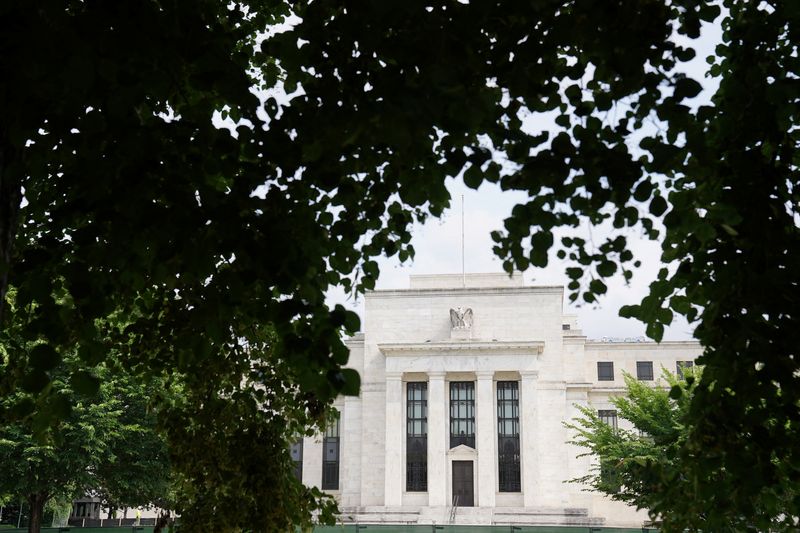TSX lower after index logs fresh record closing high
(Bloomberg) -- The Federal Reserve looks on track to extend its aggressive interest-rate hikes even further than previously anticipated after another red-hot inflation report dimmed hopes for a downshift by year’s end.
Investors responded to higher-than-expected readings on US core consumer prices by hardening bets the Fed would raise rates by 75 basis points at its meeting next month and in December. Futures pricing also showed for the first time that markets see rates approaching 5% next year.
“The pressure on the Fed is high,” said Diane Swonk, chief economist at KPMG LLP. The report likely means the Fed will raise by three-quarters of a percentage point at the year’s final two meetings, she said, which would mark five straight increases of that magnitude.
“They’ve got to get rates up and if the rest of the world can take it, they’ll do it,” Swonk said.
Core prices, which strip out food and energy, rose 6.6% in September from a year ago, the highest level since 1982, according to a Labor Department report published earlier on Thursday. That continues a worrying pattern for policymakers after the gauge accelerated in August as well.
“This is now a trend. One month does not a trend make. Two, you got it,” Swonk said.
Several Fed officials have recently pointed to August’s uptick in core inflation as a sign of troubling stickiness even among the less volatile price categories.
It’s “really challenging” to slow the pace of policy tightening amid rising core inflation, San Francisco Fed President Mary Daly said earlier this month.
Still, even the most hawkish officials have pushed back against the idea of increasing rates by a full percentage point or more at one meeting, because that would make it hard for the Fed to monitor the effects of its policy tightening on the economy and increase the risks of triggering a severe recession.
“By moving and looking at the data and seeing how the economy is responding, it allows us to try to measure the dosage somewhat, while still moving aggressively,” Minneapolis Fed President Neel Kashkari said Wednesday. “If we just went up 2% or 3% or 4% in one shot, it may well be that that’s too much, and that we end up overdoing it needlessly.”
Aggressive Campaign
The Fed has increased rates from near zero in March to a target range of 3% to 3.25%, the highest level since 2008 and the most aggressive pace since the 1980s. It has also been allowing assets to run off from its balance sheet as they mature, which will also contribute to tightening in the financial sector.
Economists at Barclays (LON:BARC) Plc lifted their Fed call to 75 basis-point increases in both November and December and 50 basis points in February, they wrote in a note to clients following the data.
“In the last three meetings of 2023, we now expect the FOMC to reverse course with 75 basis points in rate cuts,” the Barclays analysts said, referring to the policy-setting Federal Open Market Committee.
Six of the Fed’s 19 policymakers forecast the upper boundary of their target range for rates would reach 5% next year, according to estimates published in their September “dot plot,” though the median projection was for a 4.75% peak.
Thursday’s report showed high inflation in the services sector, with medical care and shelter costs rising substantially.
“There is persistence, especially in the services side of inflation,” Seth Carpenter, Morgan Stanley (NYSE:MS) global chief economist, said in an interview on Bloomberg Television.
©2022 Bloomberg L.P.
